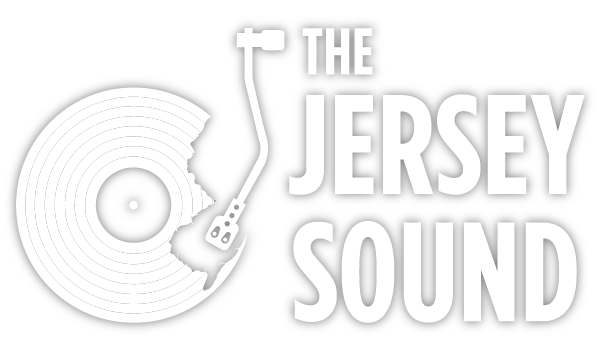‘Talkin’ Greenwich Village,’ by David Browne
Talkin’ Greenwich Village: The Heady Rise and Slow Fall of America’s Bohemian Music Capital (2023)
By David Browne
(Hachette Books)
There’s been a lot of books about New York City, but only a few capture the elusive flavor of The Big Apple like Joseph Mitchell’s 1993 Up In The Old Hotel, Patti Smith’s 2010 Just Kids, Herbert Asbury’s 1928 The Gangs Of New York: An Informal History of the Underworld or Robert A Caro’s Pulitzer Prize-winning 1974 The Power Broker: Robert Moses and the Fall of New York. You can now add David Browne’s stunning Talkin’ Greenwich Village to that list. Browne was raised down the shore in Hazlet. His books on Crosby Stills Nash & Young, Grateful Dead, Jeff Buckley and Sonic Youth are all recommended. His masterpiece is Fire and Rain: The Beatles, Simon & Garfunkel, James Taylor, CSNY, and the Lost Story of 1970. Now he has two masterpieces. This longtime Rolling Stone writer has always been the one you can trust the most. His unerring reportage always reads like a good novel. His attention-to-detail is impeccable. And his insight is well-earned.
The cast of characters that inhabit this geographical locale is a multi-genre who’s who. Jazz-wise, in the ‘60s, you could go see Mingus, ‘Trane and Monk at The Village Gate or Sonny Rollins and Herbie Mann at the Vanguard. Folk Music exploded around Washington Square Park with singalongs, hootenannies and protests. From Dylan’s arrival to the sad saga of Phil Ochs, from an infestation of weekend hippies from across the Hudson to the pernicious infusion of drugs, Browne chronicles each neighborhood transformation. From open-mic nights at a number of small venues that gave future stars a stage to an accounting of those who found their voice here before leaving for Los Angeles (John Phillips, Crosby & Stills, Tim Hardin, John Sebastian), Browne is there every inch of the way, illuminating, explaining, coloring in the motivating passions.
(Advertisement) Story continues below…
It's almost as if the area itself nourished creativity from artists such as Pete Seeger, Billie Holiday, Ornette Coleman, Dave Van Ronk, Nina Simone, Suzanne Vega and Judy Collins. Browne interviewed over 150 artists including Herbie Hancock, Steve Forbert, Arlo Guthrie, The Blues Project, Shawn Colvin and Eric Andersen. There’s a spellbinding moment when Billy Holiday debuts “Strange Fruit” at a now-defunct club called Café Society. Waiters were instructed to stop what they were doing. Lights were turned off, save for a single spotlight on the artist, a hush would fall over the crowd, and she would sing her tragedy about black bodies swinging from the Poplar trees, after which she would simply leave and not return. Lines formed around the block for return engagements. Browne captures the moment dramatically. It gives me chills to think of what it must have been like to be in that audience on those nights.
From the advent of The Bottom Line to the punk revolution at nearby CBGB, you can almost hear the music in your inner ear as the lust to turn these pages keeps you up nights.

